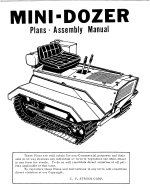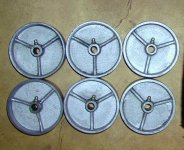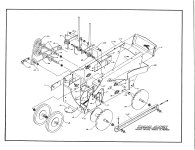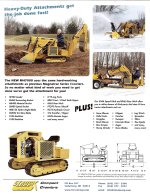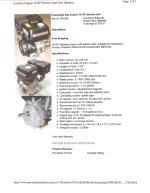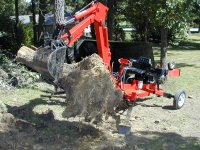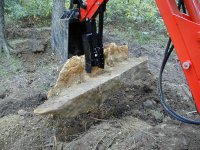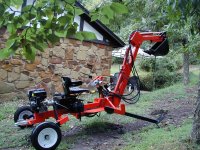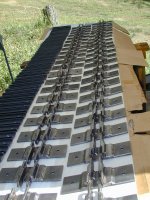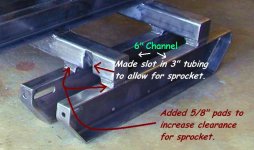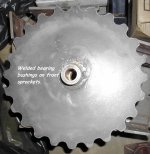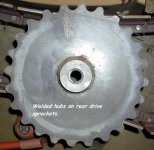grsthegreat
Super Star Member
Now this is too cool for school! I'm looking forward to seeing more pix as this progresses.
Is 16HP going to be enough ponies?
If anyone needed access to a CNC laser or water cutting system, it's you. Did you look into having the parts cut that way?
My plasma cutter cnc unit couldnt have maqe sprockets as nice as those. Plasma has trouble with cutting circles.....thay tell me its due to the swirling action of the air. The edges of mine are a bit sloped.
